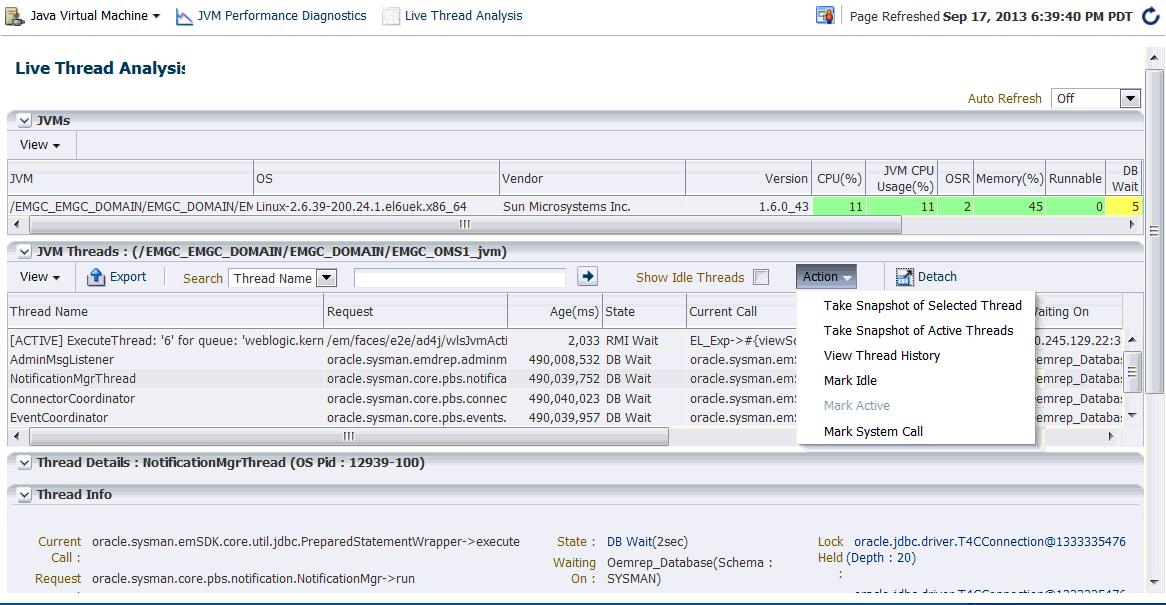
Given that Java is still the dominant language for business applications, the need for reducing the startup time for Java is becoming more important.

With Java’s six-month release cadence, evaluation candidates will appear in a release to establish an effective feedback cycle.Microservices and serverless architectures are being implemented, or are a part of the roadmap, in most modern solution stacks. No timeframe exists for Leyden’s completion, enabling the project to be feature-driven rather than date-driven. In Native mode, the CRUD app took 0,042 seconds, approximately a 98% decrease.In JDK mode, the CRUD app took 2.033 seconds to the first HTTP response.In Native mode, a CRUD app used 28MB RAM, approximately an 80% decrease.In JDK mode, a CRUD app used 145MB RAM.The Quarkus home page lists these metrics in a legible chart on its home page with boxes for a visual comparison: Quarkus leverages GraalVM native image to produce applications that are "supersonic" in the time to first request or startup as a serverless function, and "subatomic" where the natively compiled application is smaller than the original Java bytecode.

The benefit of natively compiled applications is already prominently visible through RedHat’s application framework Quarkus: Supersonic Subatomic Java. Leyden may expand directly on top of jaotc. jaotc is an experimental compiler for some platforms that produces a native executable.End users do not require a system-wide Java installation to run each application, as the application’s launch points go through its bundled java executable. javapackager is used to distribute applications with an embedded and customized JRE for a single application.The project would build on and improve capabilities that are present in Java today, used by developers to distribute applications.
#JVM STARTUP TIME CODE#
Leyden would introduce a new split path fior how applications run:Īpplications could follow the traditional course to run the bytecode, optimizing the "hot spots" of the application to native machine code as the application runs.Ī new opportunity to compile the application against OS-specific libraries to make a native application that runs on a single operating system similar to other native compiler tools. Leyden and GraalVM would work across a similar chain that developers follow to write and build applications:ĭevelopers write custom source code that connects to and relies on APIs of selected libraries, typically in JAR files.Ĭustom code is compiled into bytecode that is packaged in one or more JAR files based. Users of serverless frameworks like AWS Lambda and Azure Functions would stand to benefit from Leyden, as operators pay on time used - the rapid startup and execution times could decrease the cost of cold starts and bring per-invocation charges closer to or below the minimum cost threshold. Let's get it done!" Similar sentiment came from Amazon, with PaulHohensee stating, "very happy to see this proposal." RedHat is a member of the Java Community Process Executive Committee and Amazon is an influential community member that maintains a Java distribution, Amazon Corretto. It's about time to bring static AOT compilation into the fold. Following the project proposal, RedHat’s OpenJDK lead Andrew Haley chimed in, "this is excellent news. The project has conceptual backing from Oracle through Reinhold, as well as RedHat. Once approved and completed, this would enable developers to compile Java code (just-in-time) to native applications (ahead-of-time), offering capabilities similar to GraalVM's native mode. Java Language Architect Mark Reinhold proposed the creation of a new OpenJDK project Leyden: static application binaries with faster startup and lower memory.


 0 kommentar(er)
0 kommentar(er)
